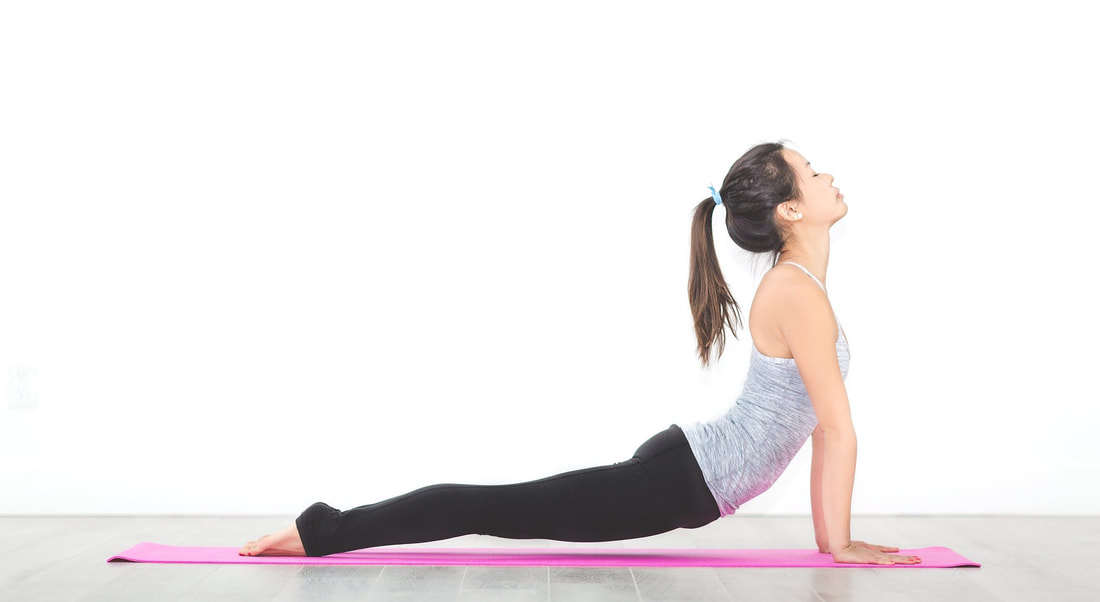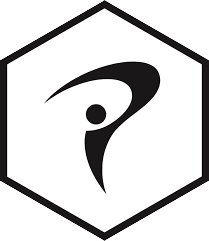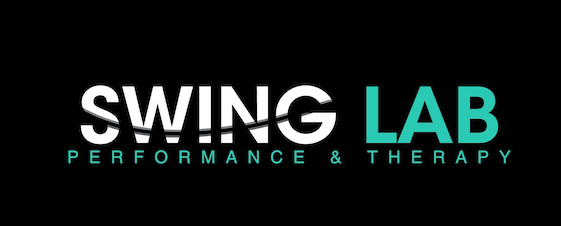|
4/17/2019
Safety on the matIn this article, Judy Trinh, who teaches our New to Yoga classes, shares her own personal story on how her yoga practice became "a pain in the back" and how you can protect your spine on the yoga mat. Here is her story and her tips on how to backbend safely.
Eventually, these sensations evolved into pain. However, having finally established a regular, every-day yoga practice, I hesitated to let it go. I continued practicing backbends, convincing myself that it was normal to feel my back hours after practicing. Then I had to take a morning off because the issue intensified. As soon as I was the tiniest bit better, I would hop back onto the mat because I did not want to lose that consistency. And of course, I was back-bending again.
Then one morning, I was immobilized. It felt like my back just seized up and turned into cement. I was unable to get out of bed because of the excruciating pain radiating from my lower back. I could barely turn in bed, let alone get up from it. I struggled for days to do the simplest of tasks. The good news is that the pain forced me to take some days off from practicing yoga. It also allowed my brain to clue in to what was happening with my back. I got massage therapy, stopped going to yoga classes and stopped practicing at home. It took about three months before my back was back to normal. I am sharing this story in the hopes that some of you, who may be pushing the limits on your yoga mat, will consider easing off before it's too late! First and foremost, we need to think about safe back-bending - not "deep" back-bending. Tips on how to backbend safely 1) Think about distributing a backbend through the entire length of your spine, not just from the areas where it is naturally most mobile. The areas of greatest mobility are your cervical spine (i.e. your neck) and your lumbar spine. The tendency here is to drop the head back as far as it will go and to crunch into the low back as far as it will go. Done this way, it is a small or non-existent bend in the thoracic (upper) spine and mid back while deep curves occur at the neck and low back. Since this results in dumping your weight into two concentrated areas, it creates big pressure points and can lead to injury. If we want to distribute the bend evenly, we need to engage the neck muscles to hold the head up and avoid dropping it back. Take a slight tuck of the chin and treat the head and neck as if it were following the same line as the rest of your spine. The average adult head is 10-12 pounds - so you want that weight supported using muscular strength, not dumping into the spine. To prevent the low back from overarching, we need to firm into the abdominal muscles (as if you were bracing yourself for impact). Once these areas are structurally supported by the network of activated muscles, you can go ahead and encourage a bigger backbend through the thoracic and mid back by taking the shoulders back and puffing your breast bone forward and up. 2) Think about maintaining a long spine - not only in backbends, but also in forward bends, side bends as well as twists. The point of bending in different directions and engaging in twists is to explore spinal movements and to keep our bodies supple as we age. Your spine is a network of bones with softer, cushion-y intervertebral discs. If we do not lengthen first, you can imagine the bony parts aggressively pressing up against the softer discs, which wears it away over time - something I liken to wearing out the brake pads of your car. You can replace brake pads, you cannot replace intervertebral discs. So, "lengthen the spine" in your backbends and think about maintaining space between each vertebra. For example, in cobra pose, you are reaching the toes back behind you at the same time as you are stretching the crown of your head forward. This movement is forward-and-back and maintains a nice long spine. 3) Warm up the spine before taking deeper backbends Upward-facing dog is a deep and advanced backbend. Even though it is a part of the Sun Salutations - which a lot of instructors treat as a “warm-up” sequence - it is a good idea to start with gentler variations before taking upward-facing dog. Try this short video for a gentle spinal warm-up! Cobra pose is also a great warm-up to deeper backbends and actually a fantastic alternative to upward-facing dog - especially if you are new to yoga or have a pre-existing injury. By keeping the hips rooted to the mat and staying low to the ground, you can learn to connect to the idea of length through the spine (see point #2). Insight on Cobra pose. 4) Choose your yoga classes wisely When I was practicing backbends incorrectly, I escaped the attention of my instructors because class sizes were huge. In a room full of about 50 people, I can imagine it would be difficult - even for the most gifted teachers - to be able to spot poor alignment on every student. To practice yoga safety, choose smaller class sizes and make sure you are seen by the instructor. Our studio limits the number of registrants for each series, so check them out here. For more information about yoga injuries,, I found The Science of Yoga: The Risks and the Rewards by William Broad to be a real eye-opener. Remember, when practiced in a mindful way, yoga offers many health benefits and has the power to improve our overall well-being. Written by Judy Trinh Comments are closed.
|
Get the scoop!Subscribe below to receive our Monthly Newsletter
Blog archives
March 2024
Categories
All
|
Covid update
Covid 19 Update








